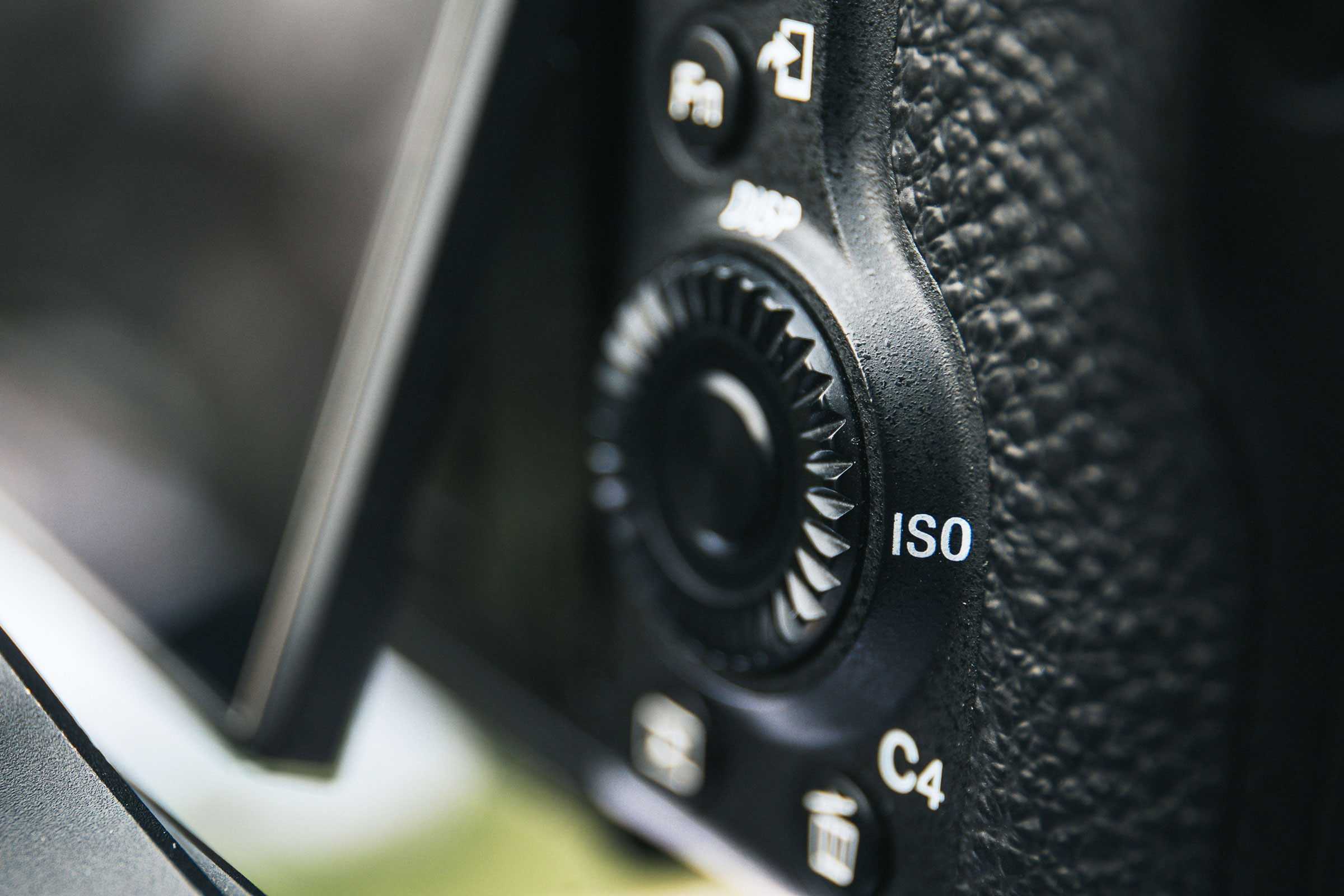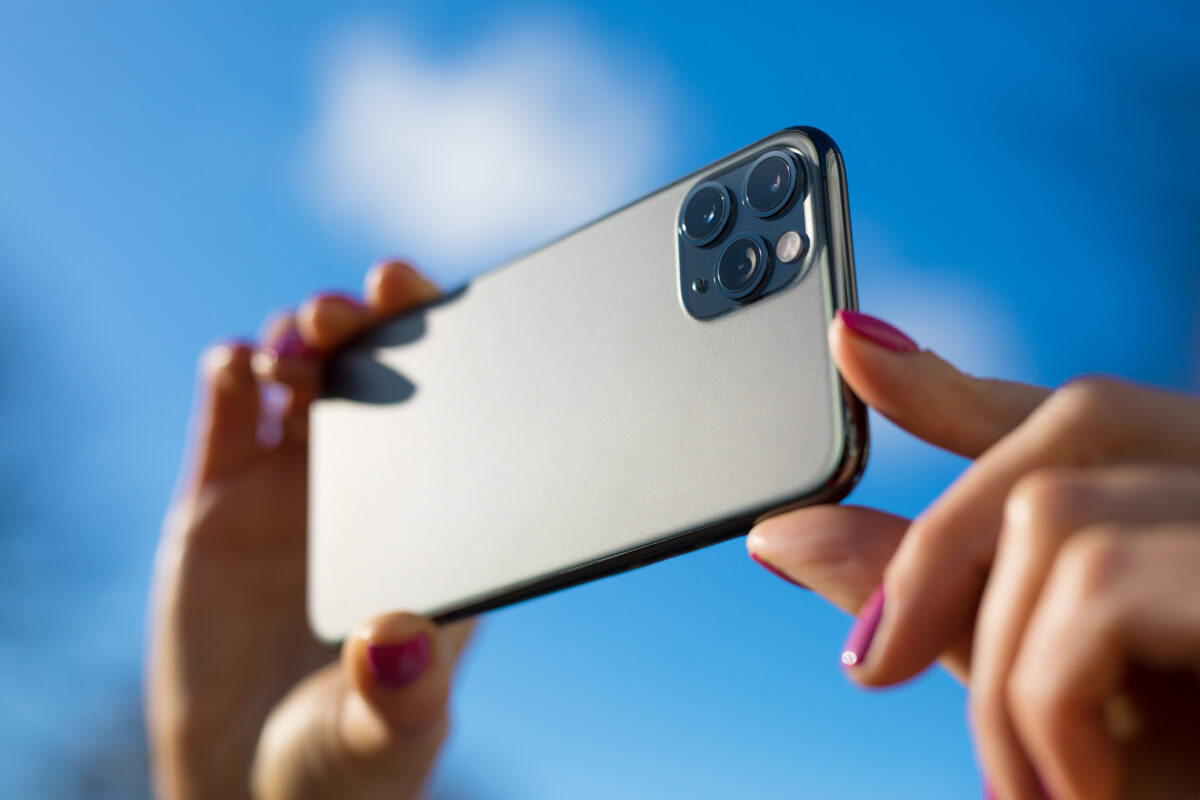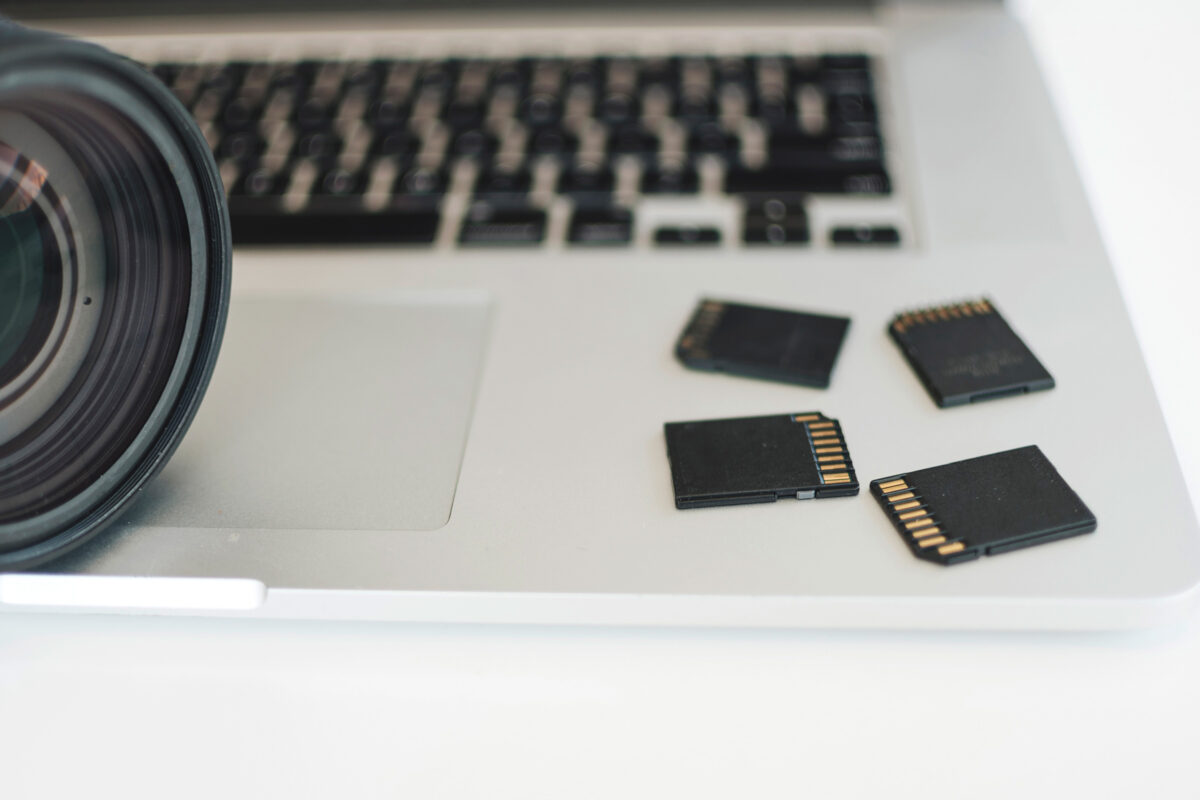When we want a clear, sharp photograph, photographers choose the lowest ISO because it has the finest definition, but how low can it go?
ISO (pronounced eye-so) allows the photographer to control the camera’s light sensitivity using a numerical system. The lower the ISO number (e.g. 200 or 400), the less sensitive the camera will be to light, so strong illumination is required to capture the subject well.
The higher the ISO numbers (e.g. 1,600 and beyond), the more sensitive the sensor becomes so that the camera can be used in low light without a flash. However, as the ISO increases, it also gets grainier. In digital photography, the grainy look is called ‘noise’.
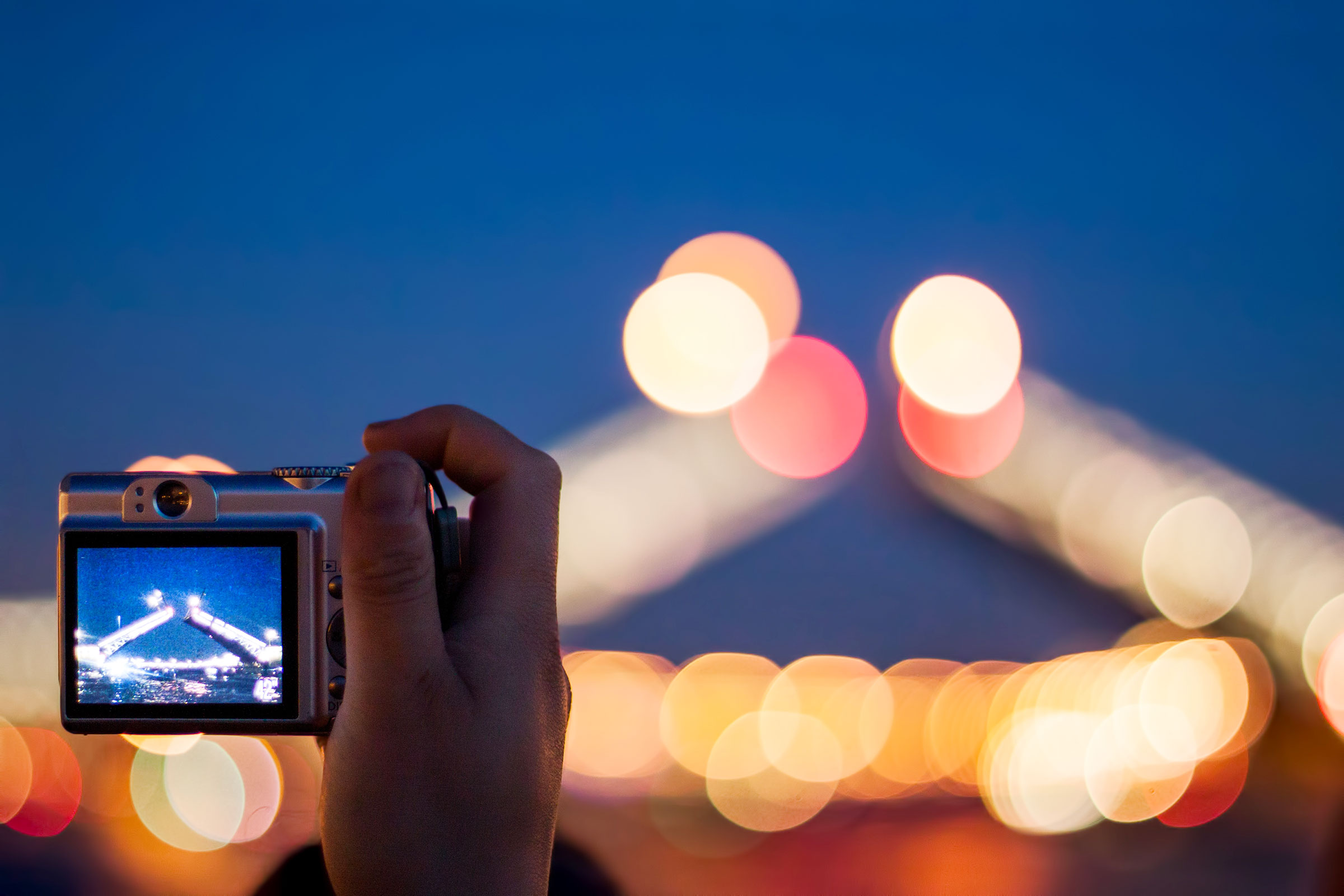
Those who shoot on film may recall being able to buy color negative film, black and white film, and slide film that was rated at speeds of 25, 64, and 50…yet a digital camera may not have an option below 200 ISO. Why?
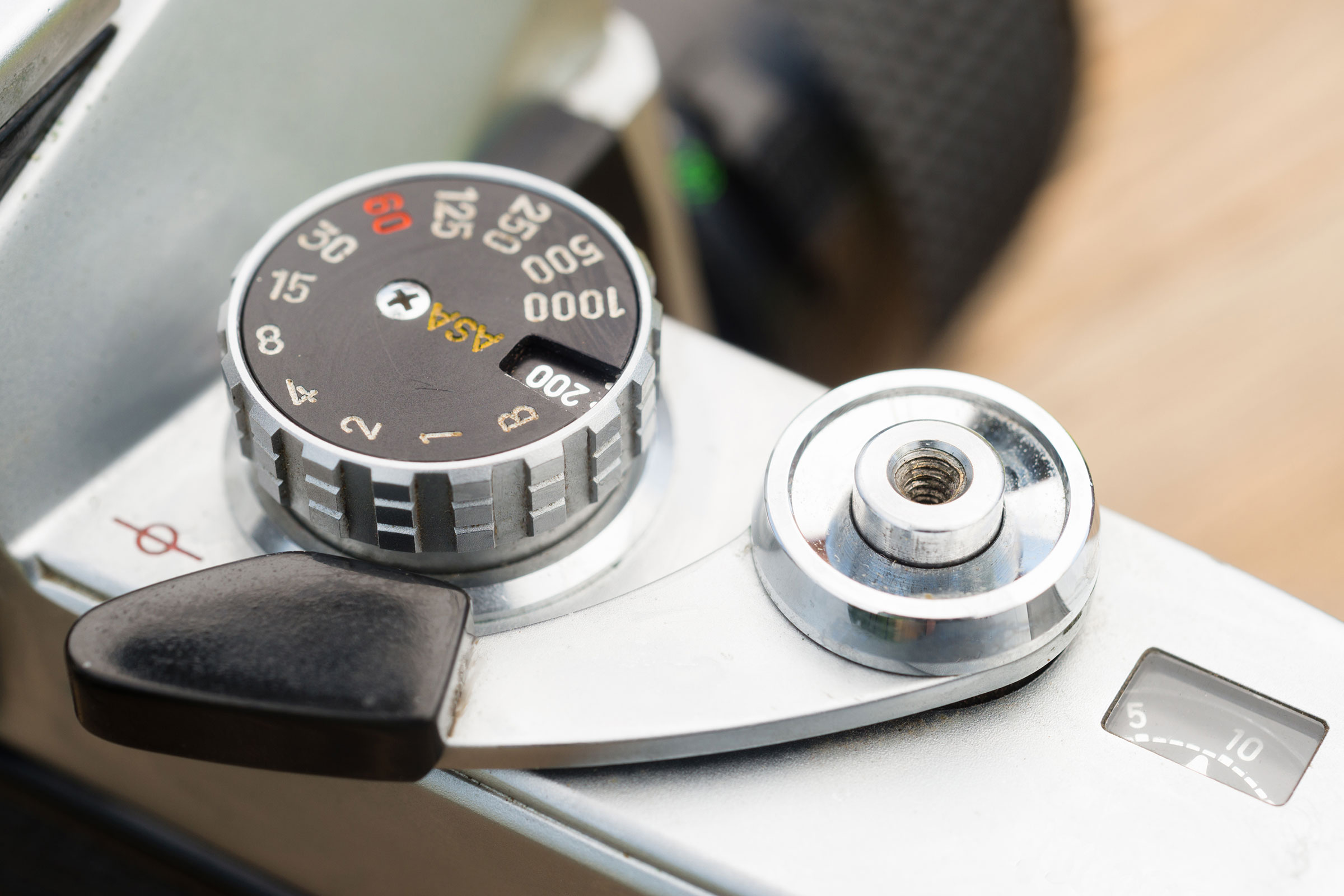
The majority of consumer DSLRs tend to start around 200 ISO and stop at 6,400 ISO. Each camera has a base ISO which provides the cleanest image for that camera. The ISO range available on a digital camera is called its ‘native setting,’ and the engineers designed it to work at its most optimum level within those limitations.
In some cameras, ‘Extended ISO’ can be selected, which opens up additional settings. This will allow it to drop below 200 ISO or extend the range to a ridiculously high ISO number, such as 51,200! But extended ISO is just a marketing gimmick. Ultra-high ISO is quite impressive, but all it means is that the camera can do some software manipulation to take it beyond the normal range. And when it goes beyond the ‘native settings,’ it has reduced quality.
Even though some modern digital cameras don’t have settings below 200 ISO, their ability to produce crisp images full of detail is just as good, if not better, than traditional film in a lower ISO range.

